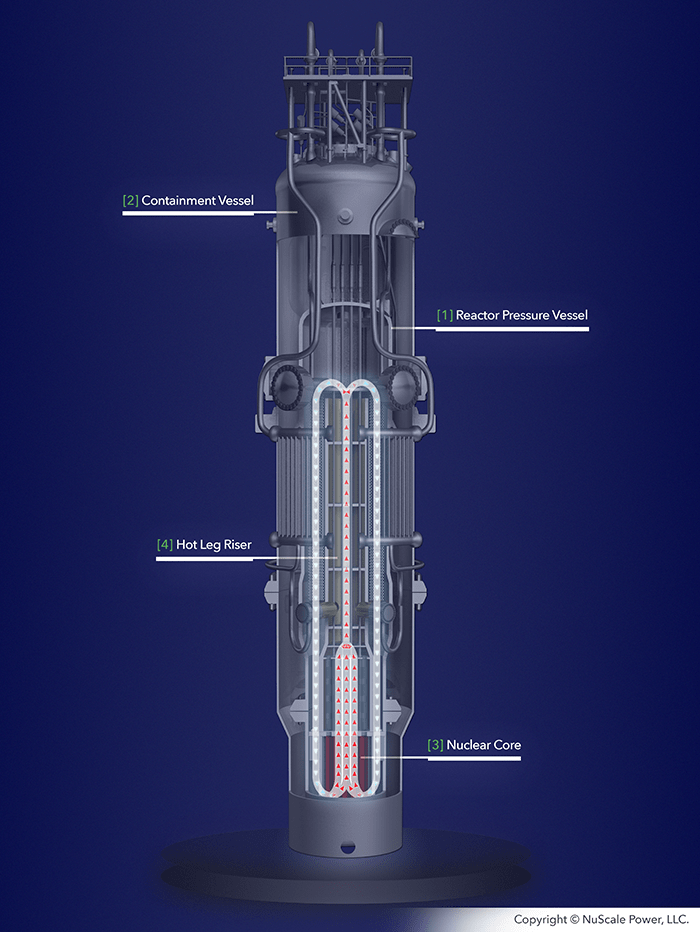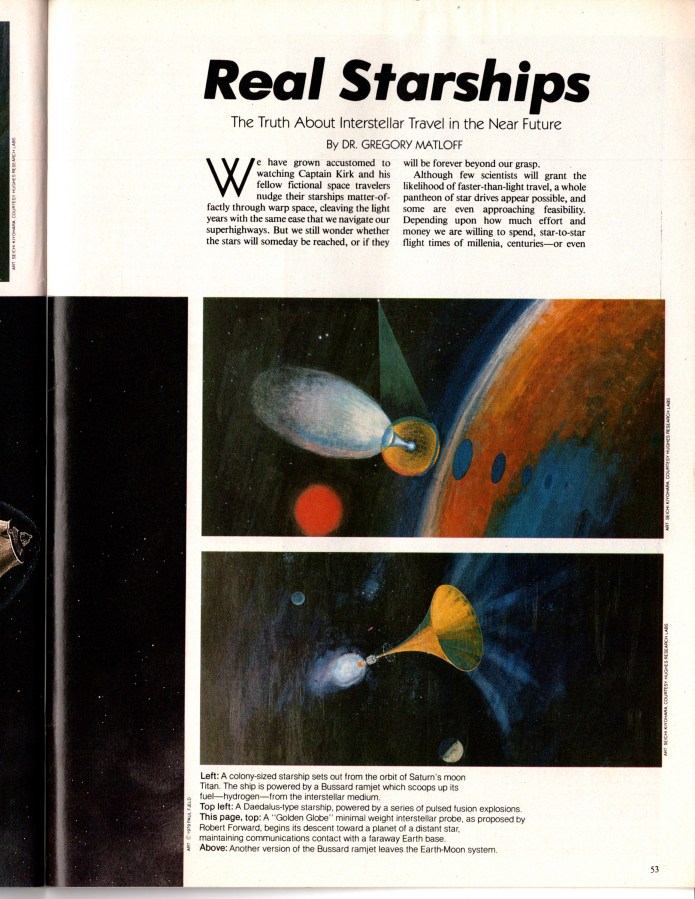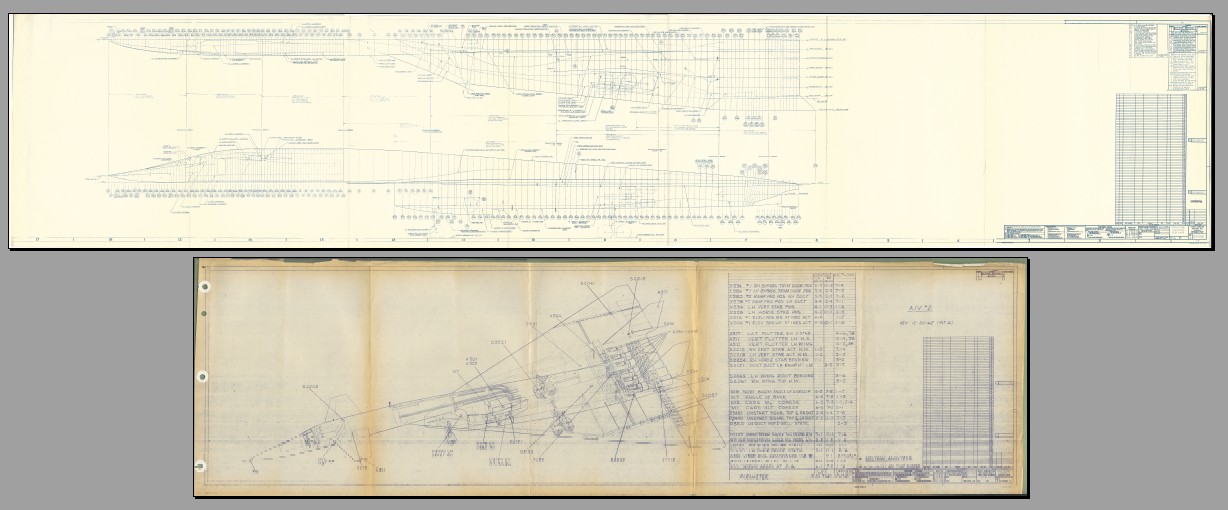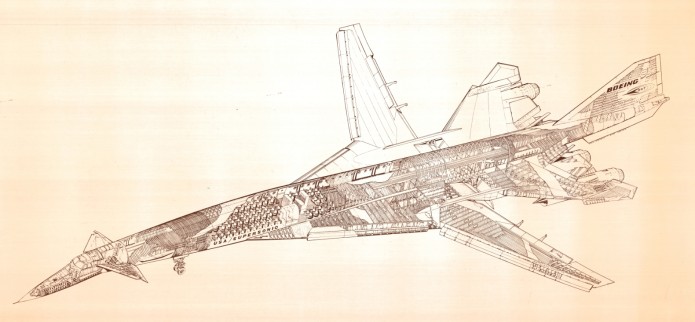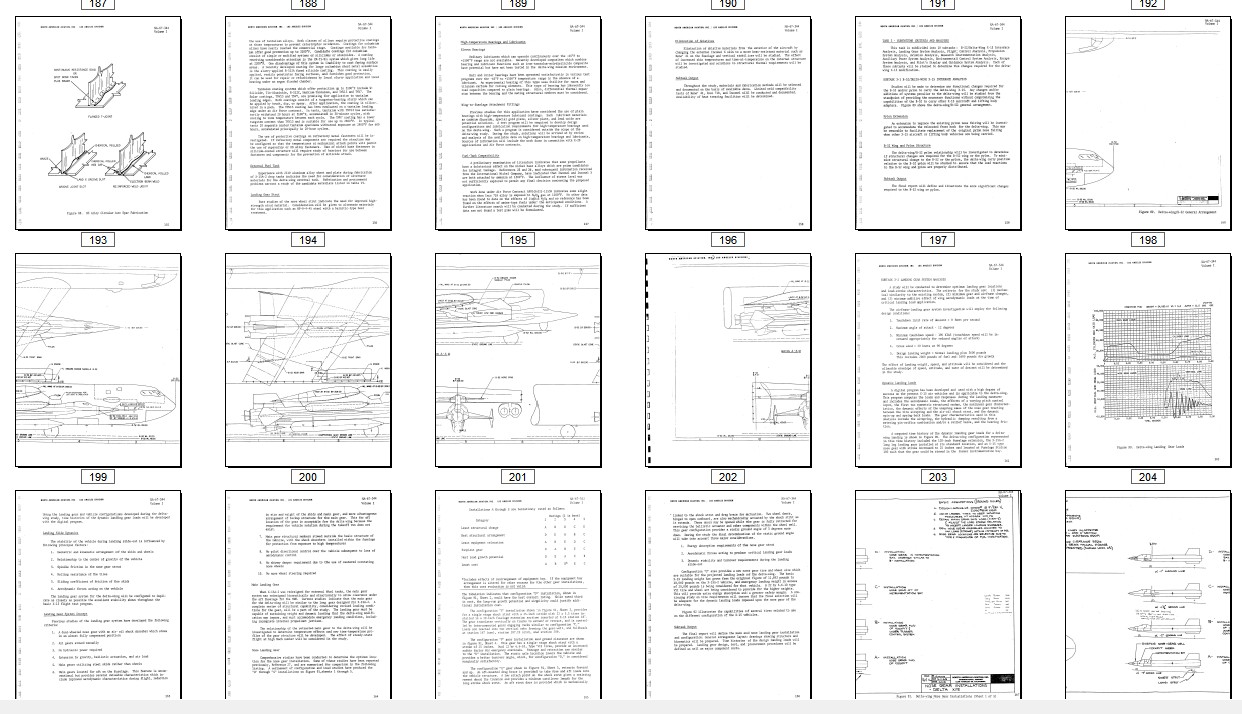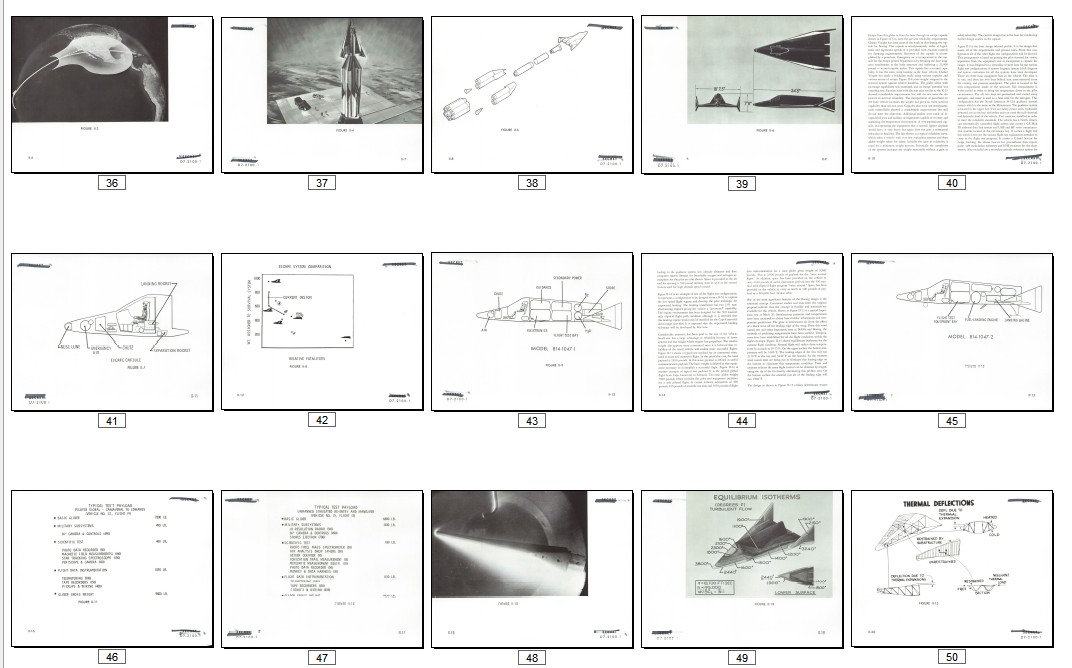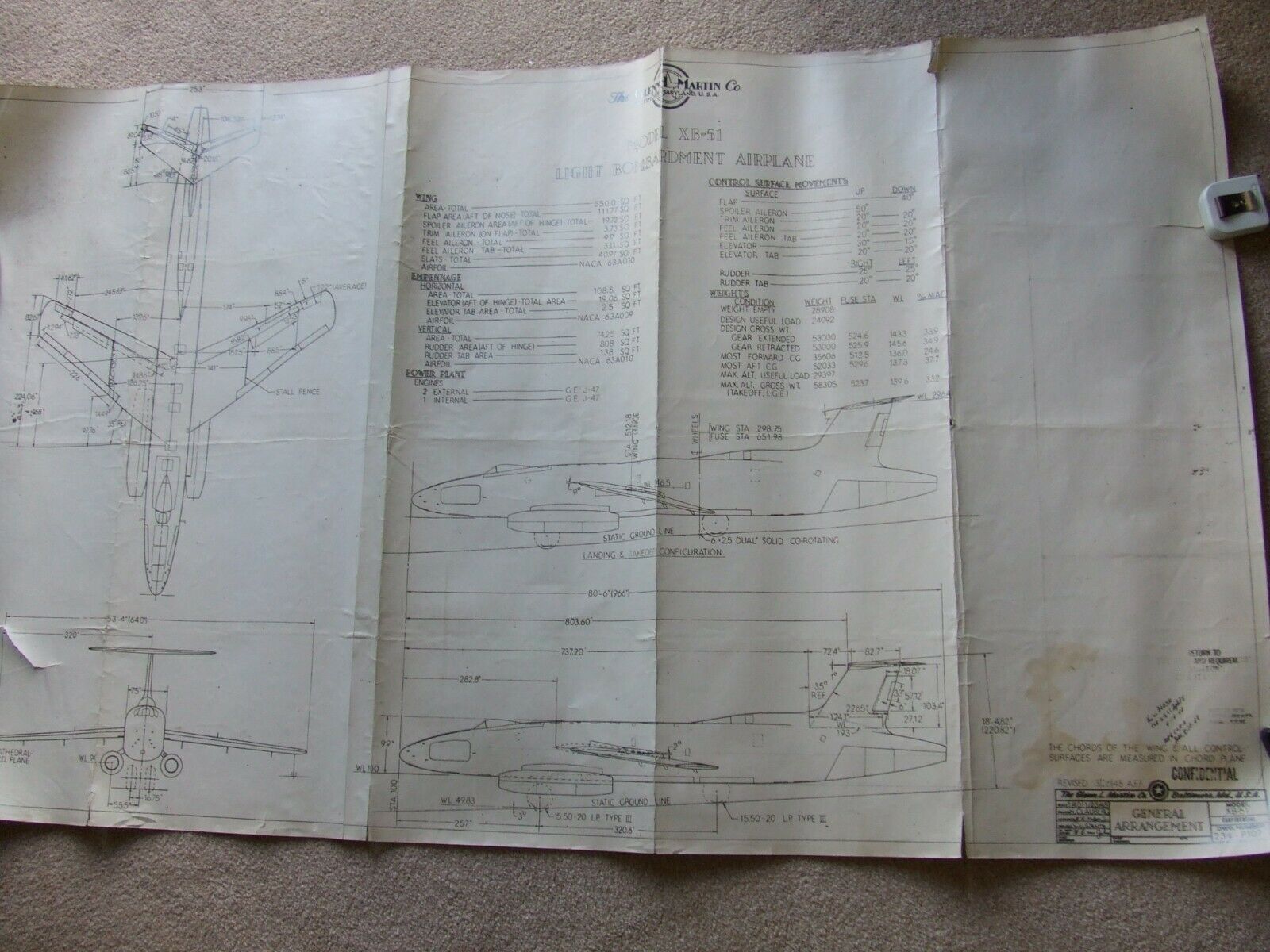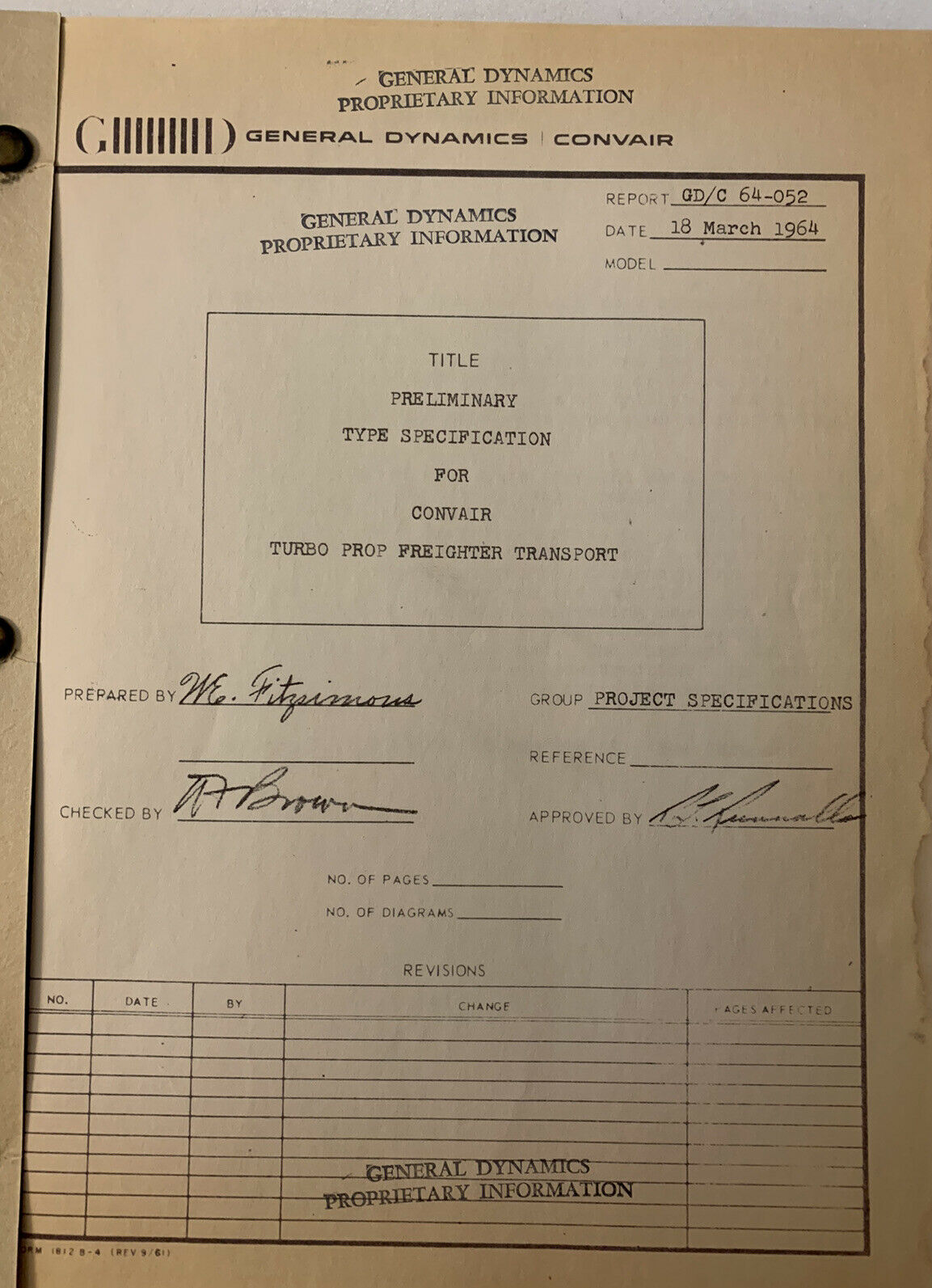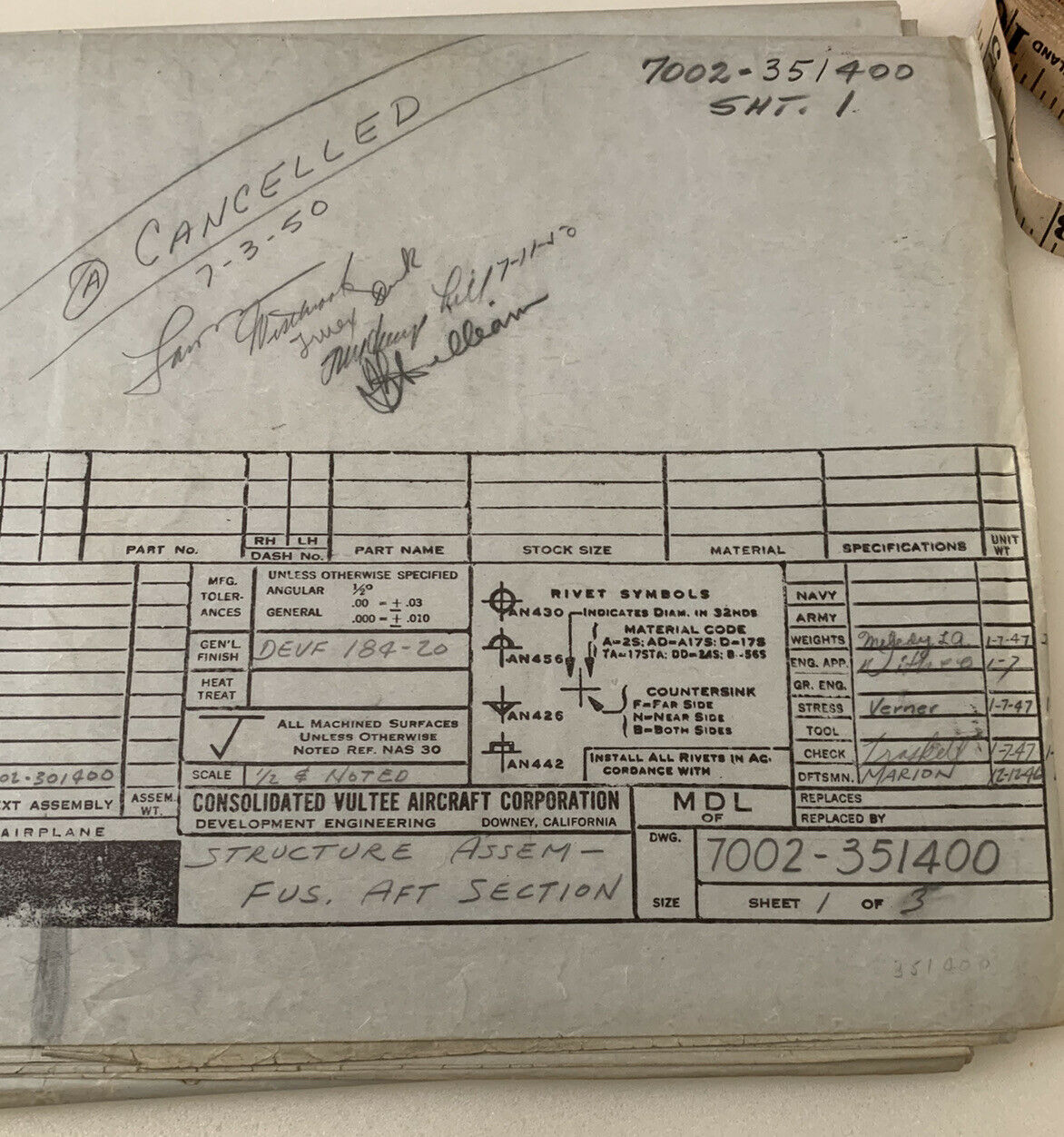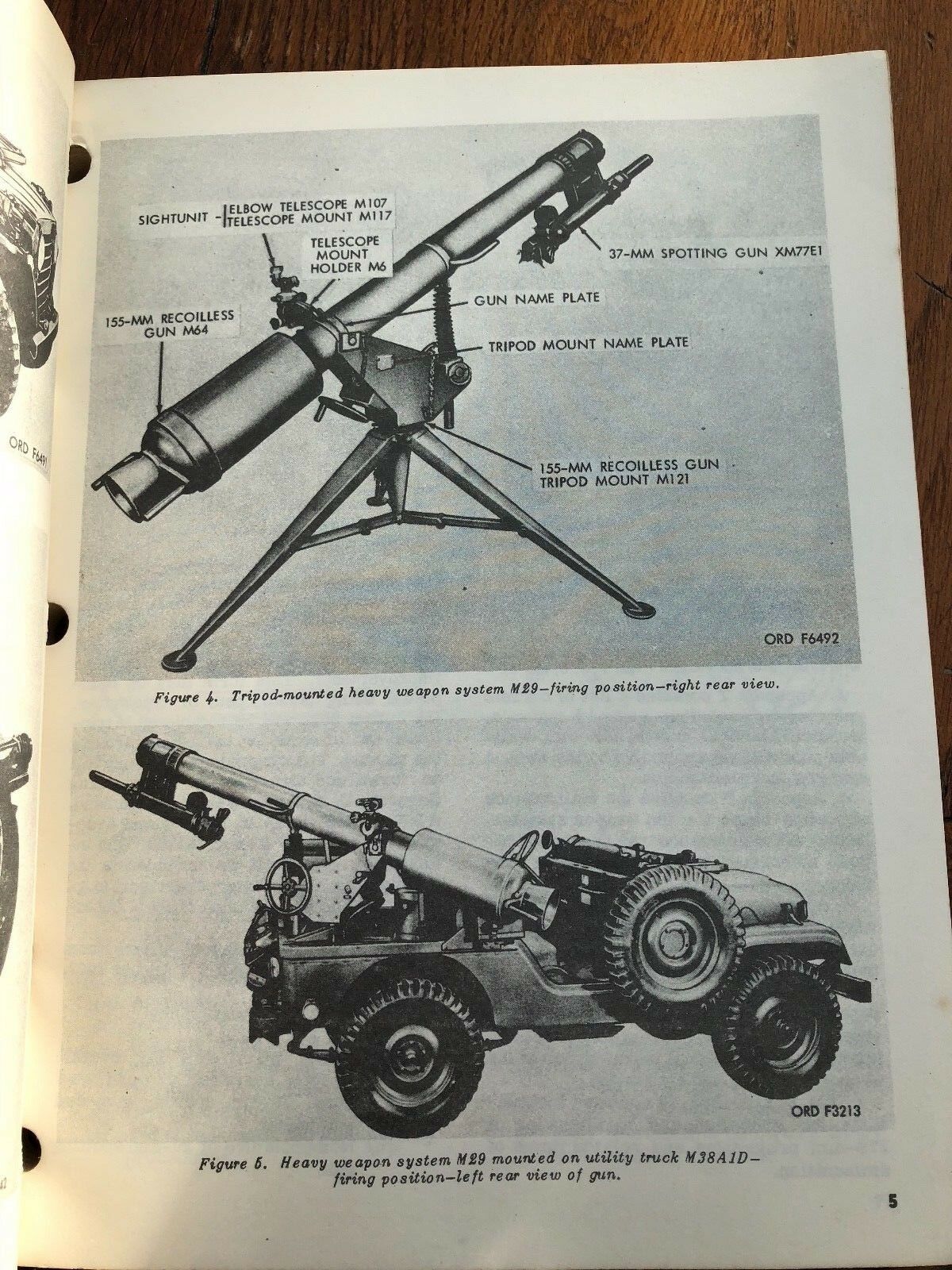That sounds like good news. One issue, however:
The U.S. Nuclear Regulatory Commission (NRC) has approved the design of a new kind of reactor, known as a small modular reactor (SMR). The design, from the Portland, Ore.–based company NuScale Power, is intended to speed construction, lower cost and improve safety over traditional nuclear reactors…
Portland? OREGON?!?!
Anyway, it’s a 50 megawatt design, able to be built in clusters to gin up to 600 megawatts. A company exec is quoted as saying they think they can sell up to 1,682 of the reactors by 2042… which sounds like a lot, but it would still only produce around 82% as much energy as the current set of larger reactors. Of course if hundreds of small reactors start coming online producing cheap, safe, reliable and carbon-free electricity, one imagines that larger reactors will also start coming along. Ideally, thorium and breeder reactors will also *finally* enter production. Additionally, a very large number of reactors should require a large number of a new generation of nuclear scientists, engineers and technicians… *exactly* the people you need to develope even more advanced nuclear power systems, including fusion systems. You certainly won’t advance the cause of civilized humanity by hiring THESE idjits.
Looks like the first unit will be sold to power Utah, but will be located in Idaho. I still think that the Great Salt Lake would be a fantastic place for a few hundred of these things.
